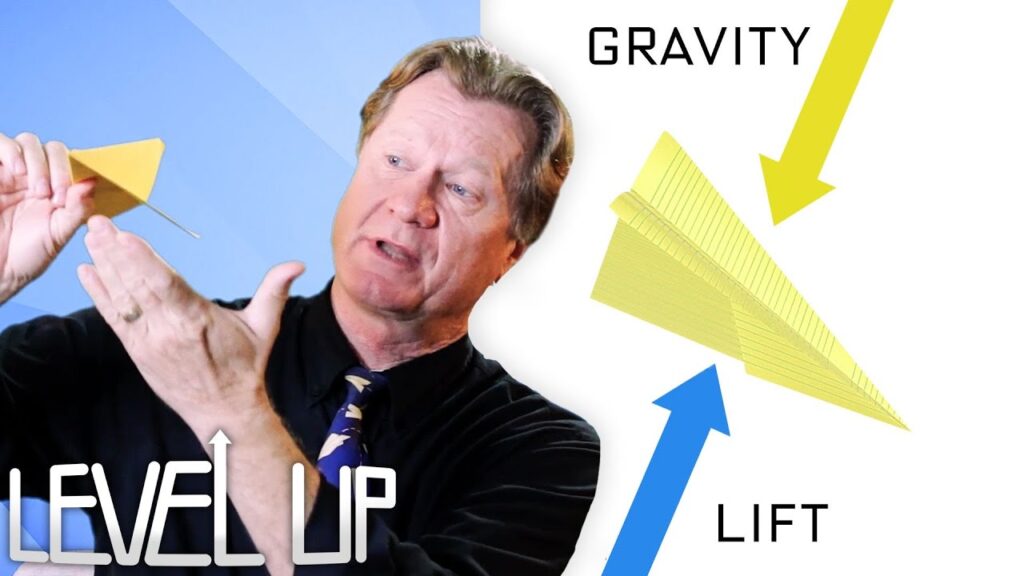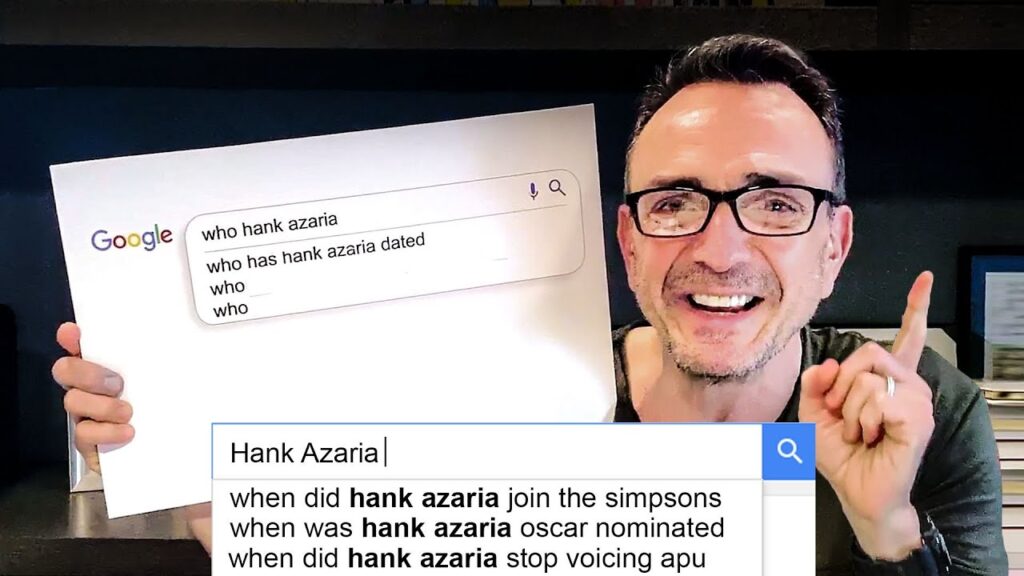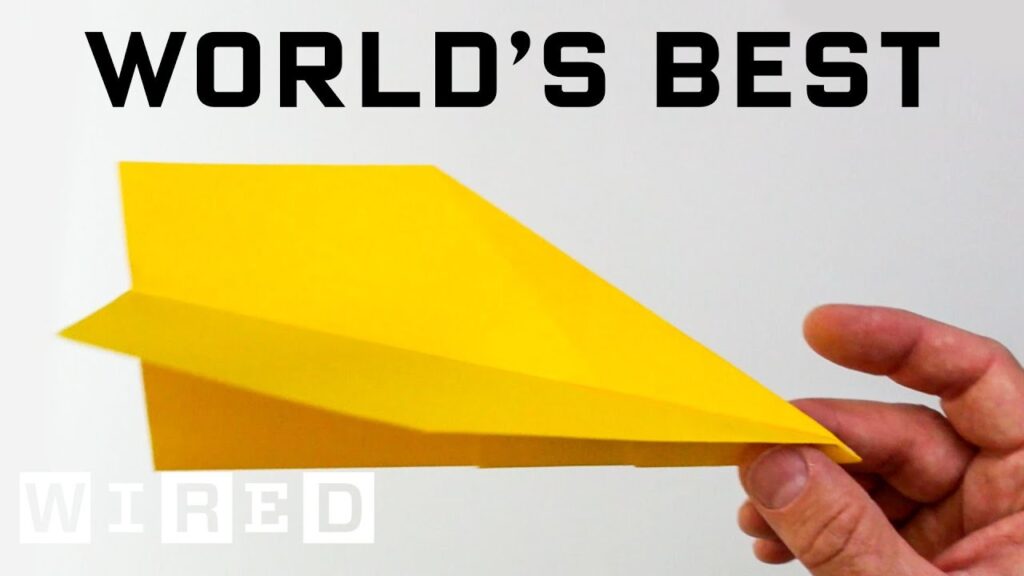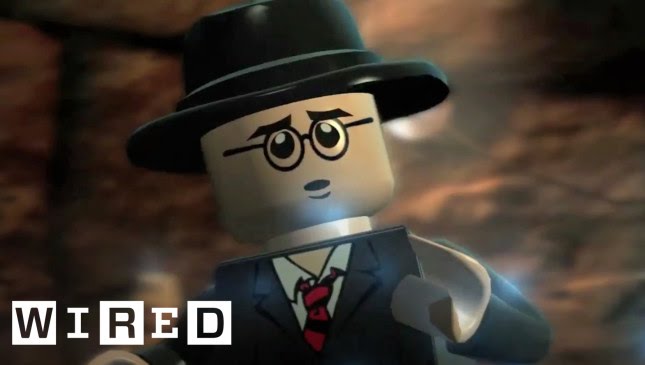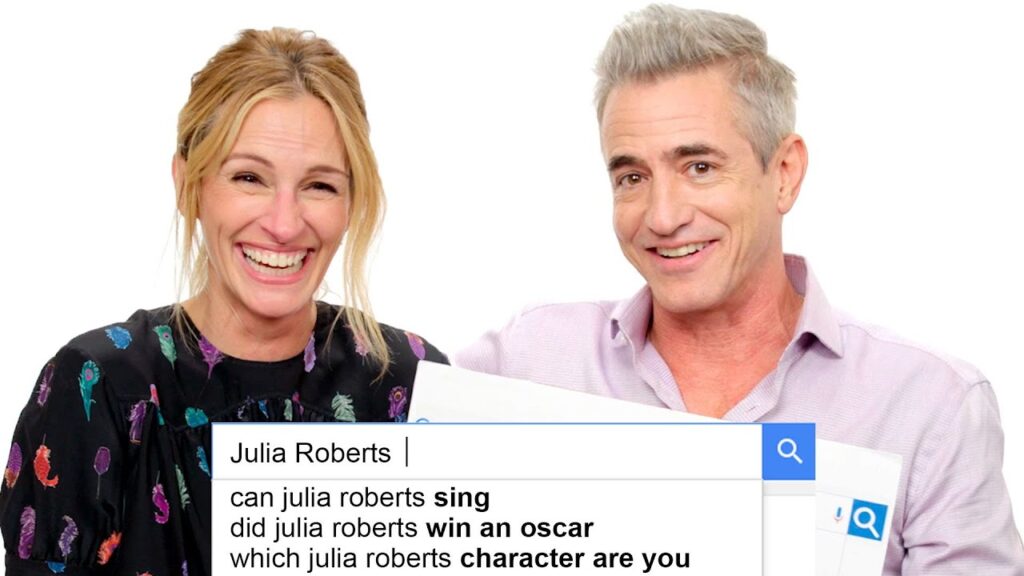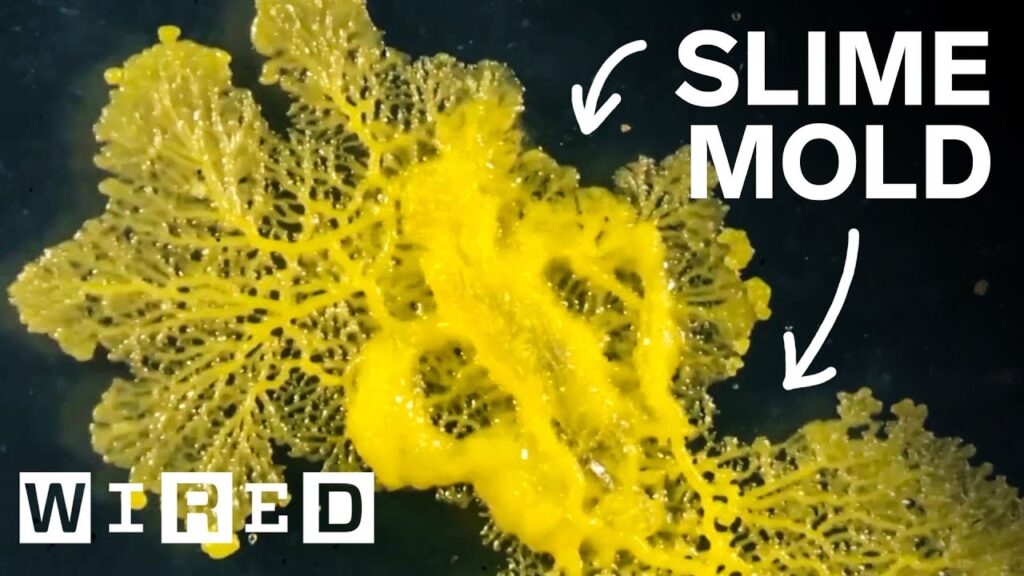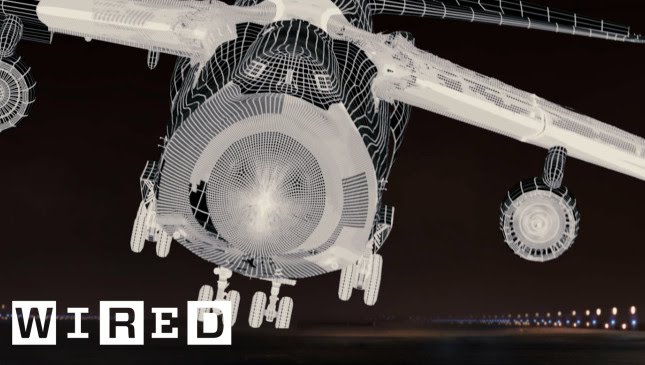The Tech of the Making of the Creatures of Hercules
Summary
The visual effects in the movie Hercules were crucial to make the mythical creatures seem real and believable, while still being exaggerated and false. The team at Double Negative, under the direction of overall VFX supervisor John Brun, had to create characters that were both man and myth. The team used a new GPU-based solution called Thurball to preview fur and hair simulations, which was used on almost all creature shots. The team returned to set with nearly-complete creature shots, which allowed the director to integrate the shots into the story during editing.
Table of Contents
- Introduction
- How did the team create believable creatures?
- What work did the team do during filming?
- What challenges did the team face?
- How did the team use GPU rendering?
- What was the process for integrating the creature shots into the film?
- Conclusion
Introduction
In the movie Hercules, the audience expects memorable mythical creatures brought to life through visual effects. These legends of the Greek gods are an essential part of our cultural storytelling and have been for centuries. In this film, Director Brett Ratner and Double Negative had to find the balance between exaggeration and truth, to create believable yet mythical 12 labors of Hercules.
How did the team create believable creatures?
Double Negative team created believable creatures by exploring all of the work during filming. This led to stuntmen running up trees or immersing Dwayne Johnson in a swamp to get live-action shots. With great references and plate photography, Double Negative created fully digital characters. For example, the lion required complex fur and hair simulation, which illustrated the creature’s size and also gave a scary effect. Double Negative used the newly-developed program Thurball, which is the first-ever image rendere program fully GPU-based. With this, it was possible to preview the fur in record time. This tool allowed the team to work faster than before.
What work did the team do during filming?
The work of the Double Negative team involved creating character shots while filming was still ongoing. This means that despite being in production, the team was still able to finish almost all the creature sequences, including the near-finished lion leap. This reassured the cast and the crew and gave them confidence. The shots allowed the director to integrate them properly into the story, and the team could significantly reduce its post-production workload.
What challenges did the team face?
The biggest challenge the team faced was to make the mythical creatures seem real and believable despite their exaggerated nature. The team had to create creatures that people had in their minds for centuries. The director wanted them to look impressive and not fun, and the team worked hard to make that possible.
How did the team use GPU rendering?
The team used a GPU-based solution called Thurball. This technology had never been used before, and it was groundbreaking. The team used it to revert the hair and fur of the creatures, which gave them a realistic touch. It helped the team work faster, and the director could integrate the shots in less time.
What was the process for integrating the creature shots into the film?
The team brought nearly complete creature shots back to the set, which allowed the director to integrate them into the film. It gave confidence to the cast and crew, and it made the director’s job considerably easier. By having nearly completed creature shots, it gave the director the opportunity to integrate them into the story during the editing process.
Conclusion
Double Negative tackled the most significant challenge of the Hercules movie by making the mythical creatures seem realistic and believable. This involved the use of the latest technology, starting with the newly-developed GPU-based Thurball tool, which allowed the team to preview fur in record time. The team also used plate photography and worked on creating the creature shots while filming. The process allowed the director to integrate these shots into the story without facing significant setbacks.
